A Masterpiece in Sketchbook Art History
Paul Klee’s Pedagogical Sketchbook remains one of the most influential works in sketchbook art history, offering artists and students a glimpse into the theories and practices of the Bauhaus movement. Published in 1925 as part of the Bauhaus curriculum, this groundbreaking book is not just a collection of sketches—it’s a detailed guide to understanding form, movement, and artistic expression through Klee’s unique perspective. In this post, we’ll explore the historical significance of the Pedagogical Sketchbook, its key teachings, and how it continues to inspire artists today.
Understanding the Pedagogical Sketchbook
The Pedagogical Sketchbook is more than an instructional manual—it’s a conceptual bridge between theory and practice. Designed as a workbook for students, the sketchbook dives into Klee’s approach to visual art, combining technical exercises with philosophical insights.
What Makes the Pedagogical Sketchbook Unique?
- Theoretical Foundations: Klee used the sketchbook to explain fundamental principles of art, such as movement, line, and form.
- Interactive Approach: The book encourages readers to actively engage with the exercises, transforming theoretical knowledge into practical skills.
- Integration of Geometry: Klee’s use of geometric shapes and dynamic lines serves as a core element of his teaching.
- Historical Context: The Pedagogical Sketchbook reflects the avant-garde experimentation of the Bauhaus school, emphasizing innovation and interdisciplinary learning.

A Historical Overview of Paul Klee and the Bauhaus
The Pedagogical Sketchbook cannot be fully appreciated without understanding its place within sketchbook art history and the broader Bauhaus movement.
The Bauhaus Philosophy
Founded in 1919 by Walter Gropius, the Bauhaus sought to unite art, architecture, and technology, emphasizing functionality and creativity. Paul Klee joined the school as a master in 1921, where he taught theoretical courses alongside practical workshops.
Paul Klee’s Role in Art Education
Klee’s innovative teaching style made him a vital figure at the Bauhaus. He believed that understanding the mechanics of visual art—such as the interplay between movement and structure—was essential for creative expression.
- Visual Language: Klee’s lectures often focused on developing a “visual vocabulary” that artists could adapt to any medium.
- Artistic Exploration: His courses encouraged experimentation, blending technical precision with playful curiosity.
Publishing the Pedagogical Sketchbook
The Pedagogical Sketchbook was published as part of a Bauhaus book series, intended to distill the school’s teachings into accessible formats. Klee’s contributions highlighted the importance of combining technical training with artistic intuition.
Key Concepts in the Pedagogical Sketchbook
The Pedagogical Sketchbook is divided into sections that guide the reader through foundational principles of visual art. Let’s delve into some of its most important teachings.
Movement and Dynamics
Klee’s exploration of movement is central to the sketchbook. He illustrates how lines can convey motion, energy, and rhythm, guiding artists to create dynamic compositions.
- Linear Movement: Simple lines can express complex ideas, from directionality to speed.
- Oscillation and Flow: Klee uses diagrams to demonstrate the interplay between stability and motion in art.
Form and Geometry
Geometry plays a crucial role in Klee’s teachings, providing a framework for understanding proportion and balance.
- Basic Shapes: Circles, triangles, and squares serve as building blocks for composition.
- Transformation: Klee encourages artists to manipulate shapes, exploring how form evolves through distortion or repetition.
Growth and Progression
The sketchbook emphasizes the importance of artistic evolution, guiding readers through exercises that build complexity over time.
- Gradual Development: Klee’s step-by-step approach allows artists to master foundational skills before tackling advanced techniques.
- Organic Growth: His exercises mimic natural patterns, showing how art reflects the rhythms of life.
Connection Between Art and Science
Klee’s work often intersects with scientific principles, such as physics and mathematics. The Pedagogical Sketchbook exemplifies his belief that art is a universal language rooted in logic and creativity.

Sketchbooks.org | ARTIST MARKETING GUIDE
DMCA Takedown Notice
What Is a DMCA Takedown Notice? Understanding the DMCA Framework The Digital Millennium Copyright Act (DMCA), enacted in 1998, was designed to modernize copyright law for the digital age. One of its key provisions allows...
How the Pedagogical Sketchbook Inspires Artists Today
Though published nearly a century ago, the Pedagogical Sketchbook remains relevant to modern artists and educators.
A Timeless Teaching Tool
Klee’s exercises continue to inspire art students worldwide, offering foundational guidance that applies to various mediums, including painting, sculpture, and digital art.
- Beginner-Friendly: The sketchbook’s structured approach makes it accessible to novice artists.
- Advanced Applications: Experienced artists use Klee’s teachings to refine their skills and explore new techniques.
Emphasis on Experimentation
The Pedagogical Sketchbook encourages creative risk-taking, reminding artists to embrace playfulness and curiosity in their work.
Bridging Disciplines
Klee’s focus on geometry and movement makes the sketchbook valuable for interdisciplinary fields, such as graphic design, architecture, and animation.
Tips for Using the Pedagogical Sketchbook
If you’re ready to explore Klee’s teachings, here are some tips for integrating the Pedagogical Sketchbook into your own practice:
- Start with the Basics: Focus on simple exercises before progressing to complex concepts.
- Experiment Freely: Use the sketchbook as a space for playful exploration.
- Reflect on Your Work: Document your thoughts and observations alongside your sketches.
- Incorporate Modern Tools: Pair Klee’s principles with digital sketching apps for a contemporary twist.
Final Thoughts
Paul Klee’s Pedagogical Sketchbook is a landmark in sketchbook art history, offering timeless lessons in creativity and expression. Its emphasis on movement, form, and experimentation transcends generations, inspiring artists to think critically and work intuitively. Whether you’re a student, educator, or professional artist, exploring the Pedagogical Sketchbook is an opportunity to connect with one of art history’s most innovative minds.
Call to Action
Discover the brilliance of Paul Klee’s Pedagogical Sketchbook today! Use its teachings to elevate your art practice and share your experiences in the comments below. Let’s celebrate the legacy of this remarkable work in sketchbook art history.
Let Klee’s wisdom guide your artistic journey—because every great work begins with a simple sketch. Happy sketching!
Ready to Share Your Work?
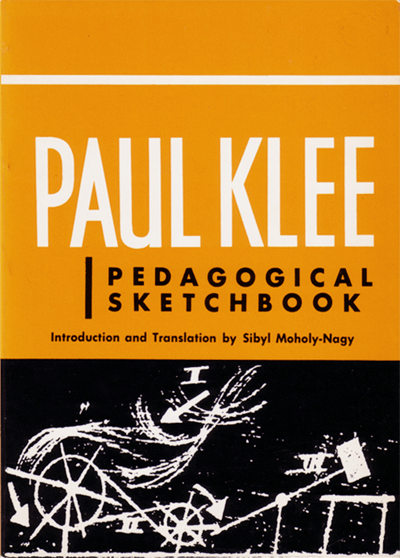

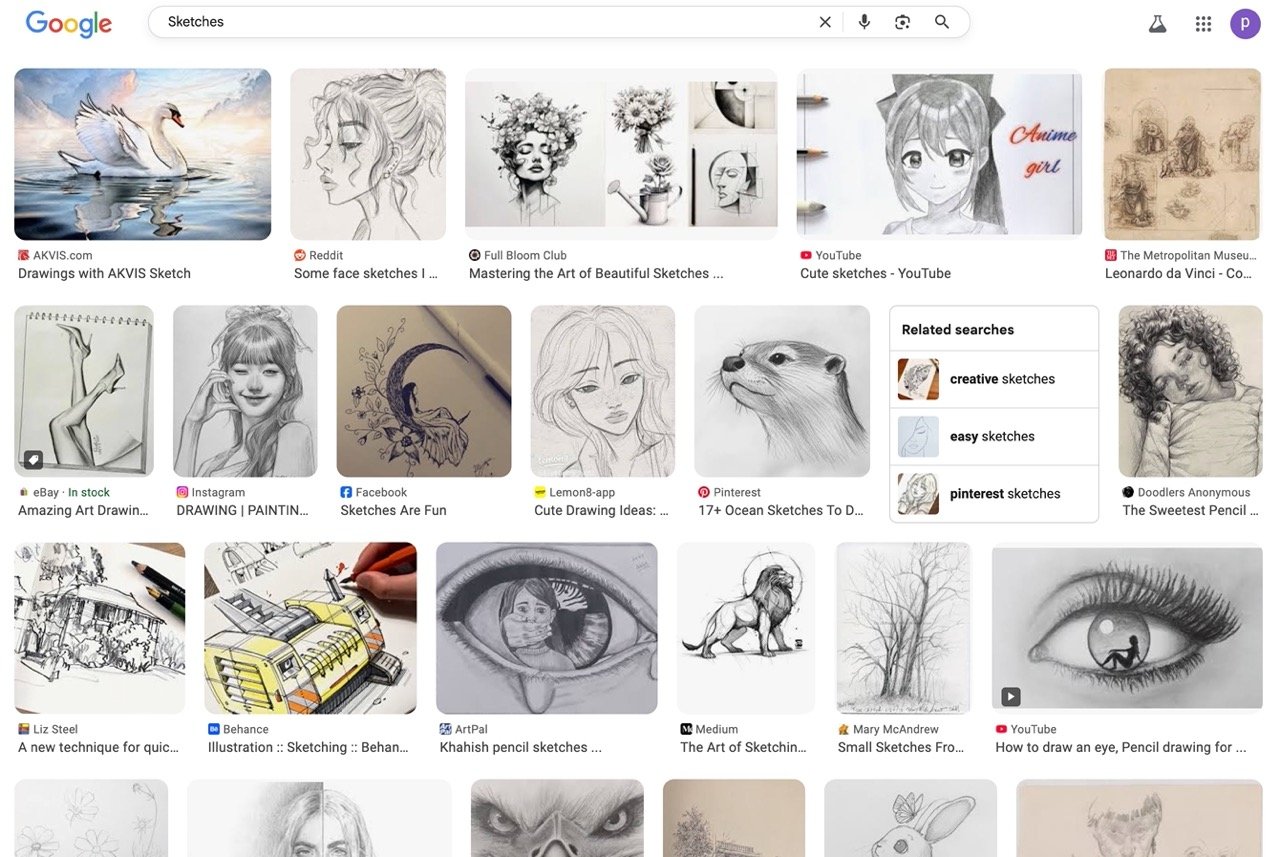


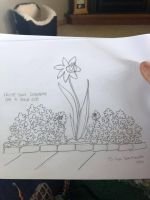
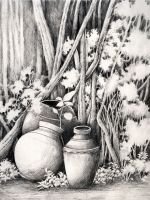
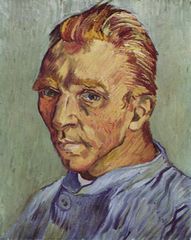


Reading this made me feel like I was sitting in a Bauhaus classroom, notebook open, ready to rethink everything.
Let me give it a think over
Not sure if I’m drawing or doing math sometimes—and yet, it’s meditative. Klee’s diagrams are visual philosophy.